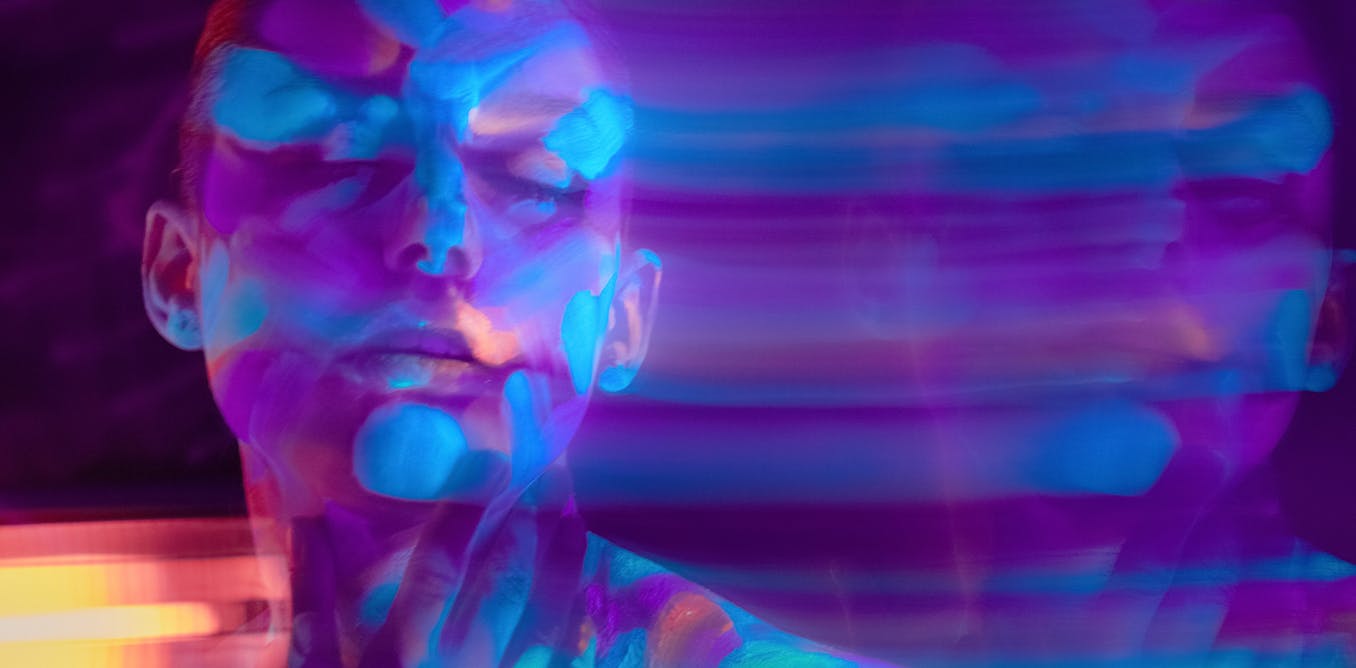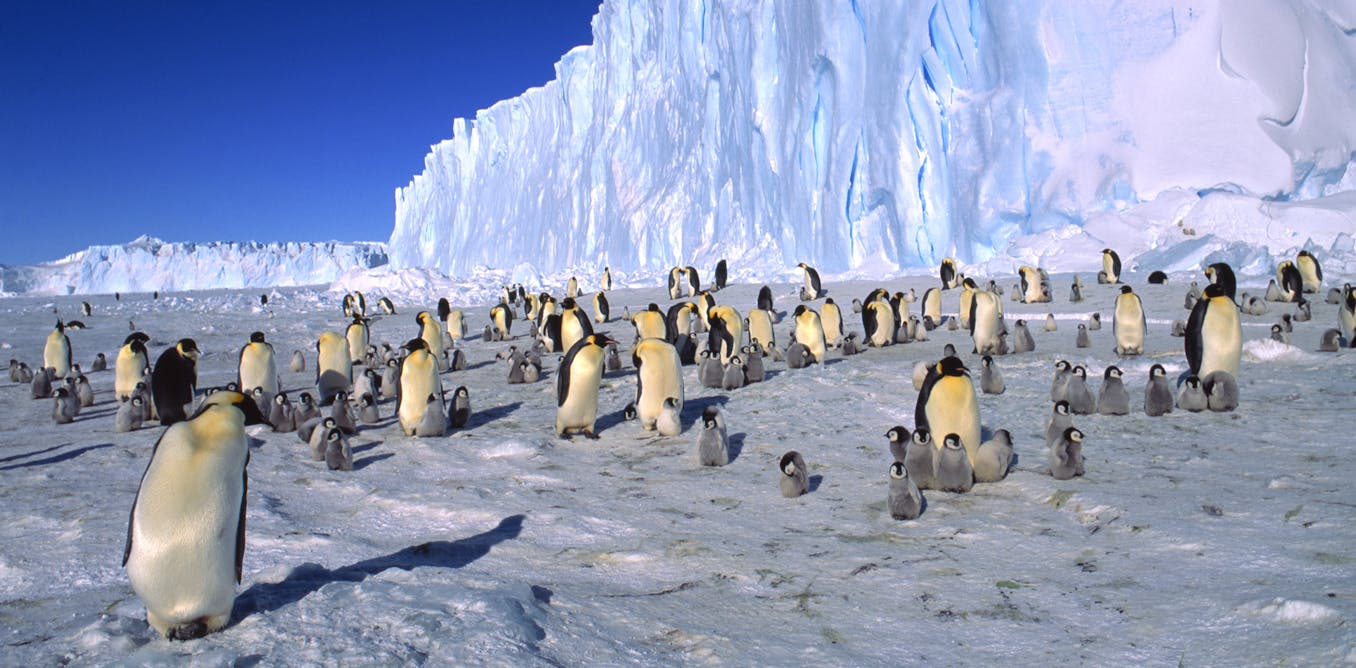“We know almost nothing about how to even define consciousness, Stephen,” my unenthused colleague, astrophysicist Ethan Siegel, says when I tell him we’re planning this special issue. Ethan, I hate to admit, is right.
Consciousness remains one of the hardest problems in science and philosophy. To give you a quick idea: A paper published this year in Neuroscience & Biobehavioral Reviews spent 20,000 words surveying the state of five prominent theories of consciousness. Then the authors posed a concluding question: “So, what are we left with?” The answer largely boiled down to disagreement between the theories, even on the most basic questions, such as what consciousness is and what a theory should even aim to explain. And that paper only covered a handful of mainstream theories, omitting the more far-out ideas, like the notion that even a pebble, sunflower, or garden hose may contain a trace of consciousness.
It’s a maddening puzzle, especially when you consider all the phenomena we can define and measure. Just last year, scientists observed the most distant galaxy on record, capturing light that’s been traveling for nearly the entire age of the universe. We can peer into the farthest reaches of space, and yet our inner cosmos remains a black box to science. From the inside, however, we know consciousness intimately. It’s there in every answer to the question, “What is it like?” What is it like to see the color red? To feel your feet burn on hot sand, then run into the ocean? To smell garlic and herbs sautéed in a pan? To hear your daughter laugh? The best we can do is sketch the answers to those questions. But explaining exactly how — or, maybe more tantalizingly, why — consciousness arises continues to elude us.
So consider Big Think’s first-ever print issue on consciousness to be our humble attempt not to solve grand mysteries but to illuminate their edges, exploring some of the most provocative questions, discoveries, and research in consciousness studies and beyond. Inside, neuroscientist Anil Seth investigates the ways machines and living creatures process time, revealing a fundamental difference between the two that may forever keep conscious AI out of reach. The author Annaka Harris makes the case for why our common intuitions about consciousness are all wrong. Neuroscientist Erik Hoel offers an inside look into the surprisingly contentious “consciousness wars” and their implications for the future of the field. All that and much, much more.
After you read the issue, I hope you’ll pause for one extra second the next time you catch your reflection in the mirror while brushing your teeth, struck by that uncanny realization that, somehow, everything you know and feel is being conjured within the three pounds of matter resting just behind your eyes. And then, like Ethan, you go on about your day.
This article A letter from the editor is featured on Big Think.

The post “A letter from the editor” by Stephen Johnson was published on 08/20/2025 by bigthink.com





































Leave a Reply